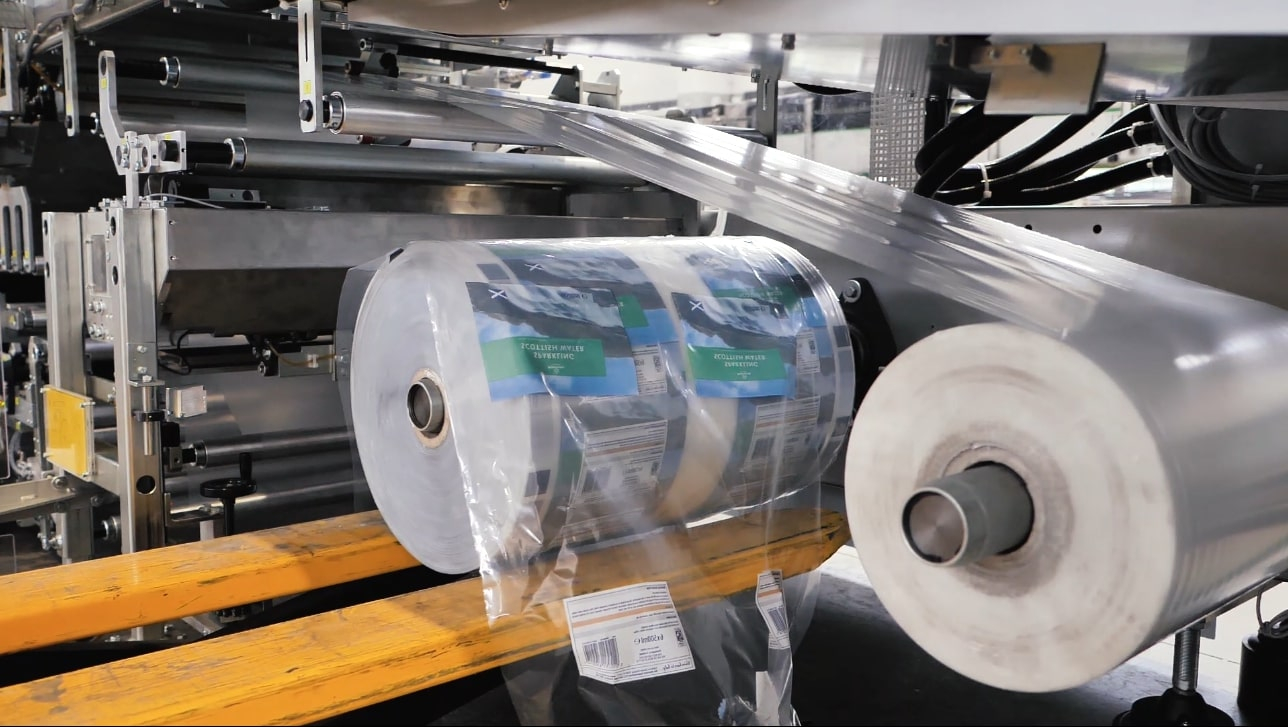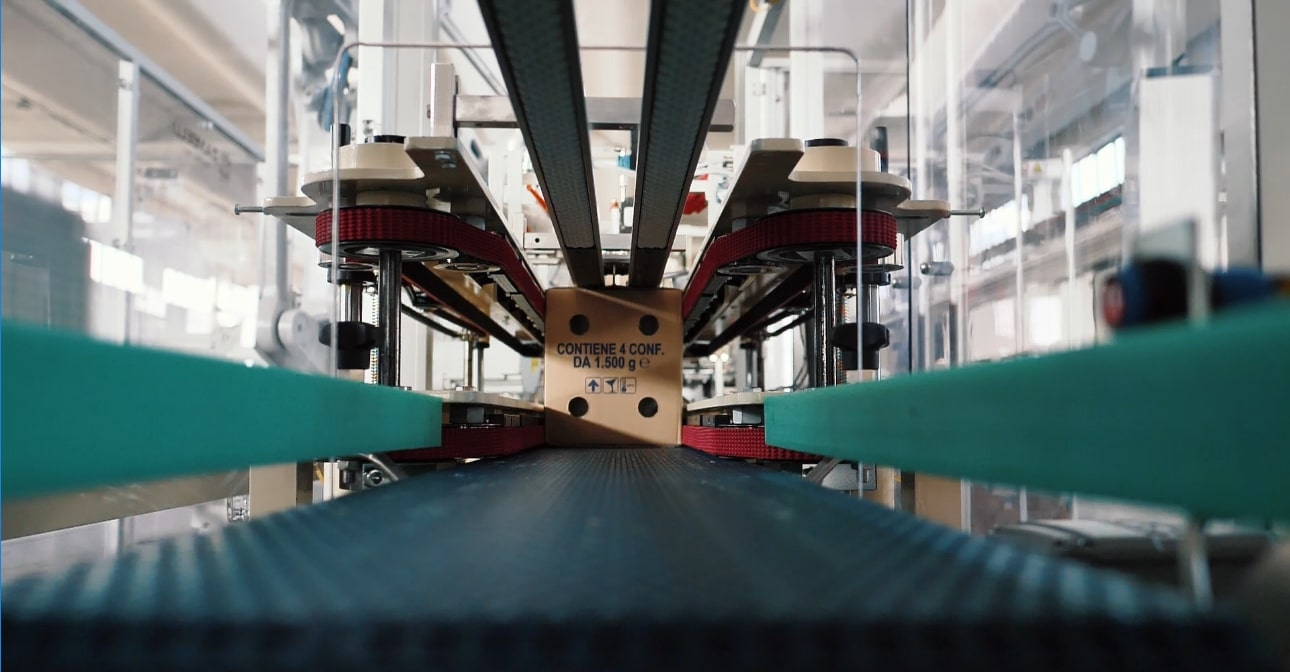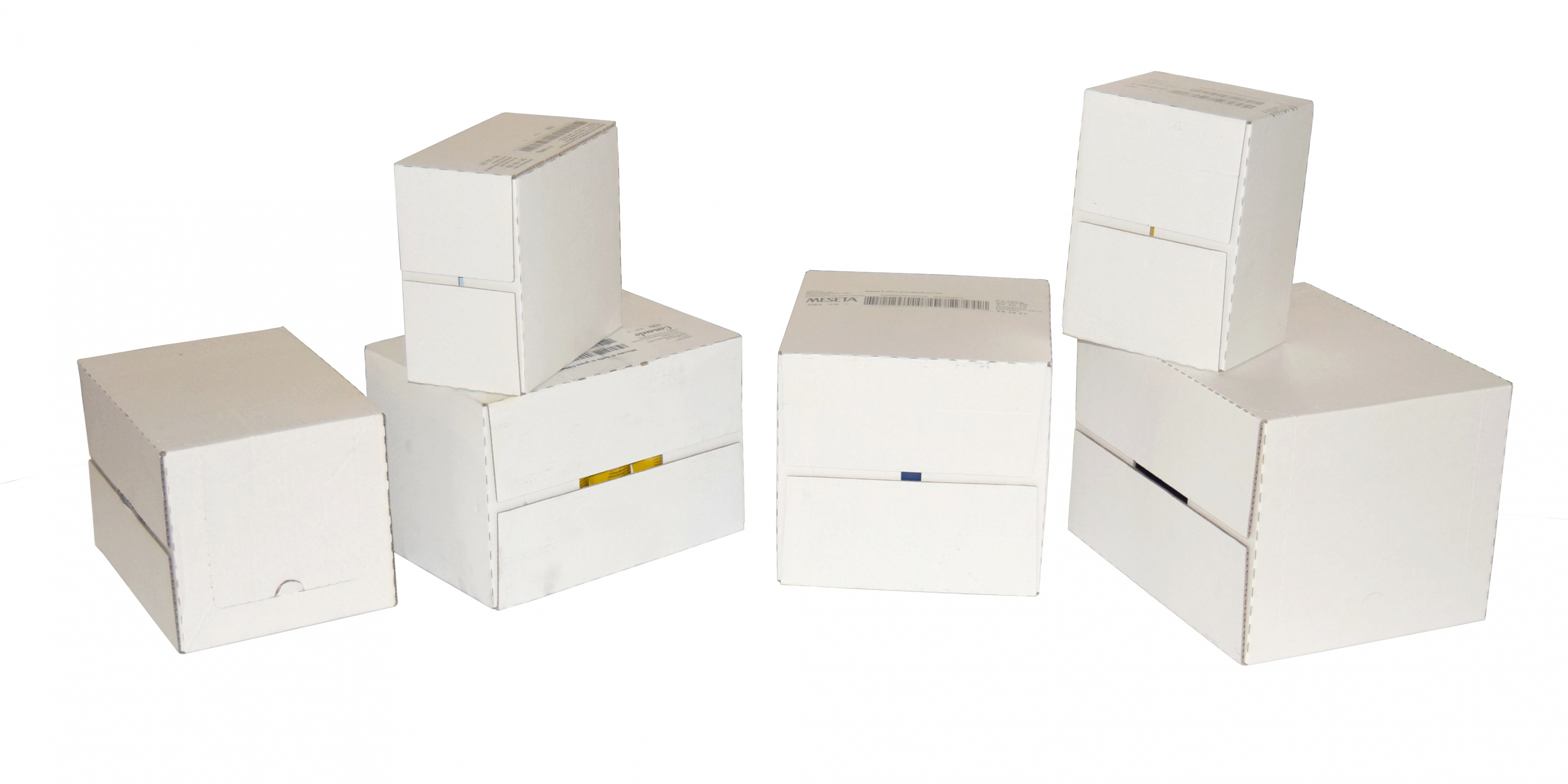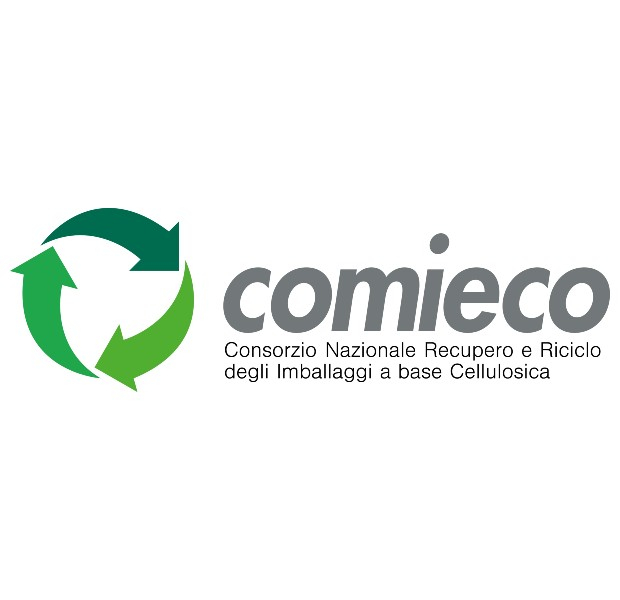Let’s start by remembering which materials are used for secondary packaging:
- Heat-shrink film
- Cardboard
In both cases, there are various ways of disposing of these materials in the most correct and environmentally friendly way.
In this article, we will look into the applicable waste management procedures in detail, as well as the benefits, problems and consequences that are closely linked to these processes.
For plastic packaging, we have to distinguish between the various existing types:
- Recyclable film
- Biodegradable film
- Compostable film
The process is simpler for cardboard because it is always 100% biodegradable, provided that it is not contaminated by labels, stickers, plastics, glass or metals.

Disposing of heat-shrink film
Recyclable Film | Biodegradable Film | Compostable Film | |
What it is | Conventional heat-shrink film. | Made of biodegradable plastic, i.e. based on biopolymers | A film made of material that turns into organic fertiliser. |
Recycling / | Fully recyclable unless | It cannot be recycled because it contaminates the process and results in poor quality recycled products. It must be disposed of. | In order to become fertilizer, it must undergo mandatory processes in industrial composting plants, domestic composting containers, or the soil under certain controlled conditions (time, temperature, humidity, micro-organisms). |
Ecological Benefit | It has a lower carbon footprint than materials such as glass, metal, cardboard, and paper, which, because of their weight and size, impact energy consumption, water consumption and gas emissions during transport. | It degrades quickly and leaves no residue in the environment once it has decomposed. | It degrades quickly and can be used as fertiliser. |
Problem | Towns often do not have the right equipment for disposing of this material. | To start natural biodegradation (without human intervention), a series of conditions are required, and in most cases they do not occur (a fairly high moisture level, presence of micro-organisms such as bacteria, specific climatic conditions, etc.). | As for biodegradable film, specific conditions are required in order to compost this material (a fairly high moisture level, presence of micro-organisms such as bacteria, specific climatic conditions, etc.). |
Consequences | Since it lasts hundreds of years, it would irreparably pollute the environment if not disposed of and/or recycled correctly. | This film would also pollute the environment if not disposed of correctly in suitable facilities, albeit for less time than conventional film, which lasts longer. | This film would also pollute the environment if not composted in suitable facilities, albeit for less time than conventional film, which lasts longer. |
Requirements | Adequate disposal facilities. Educate consumers about disposing of these materials correctly. | Adequate disposal facilities. Educate consumers about disposing of these materials correctly. | Adequate composting facilities. Educate consumers about composting procedures, including at home. |

Disposing of cardboard
According to the rules laid down by Comieco, there are three types of paper and cardboard that can be recycled:
- Paper: bags, newspapers, magazines, books, notebooks, pamphlets and sheets in general.
- Cardboard: small and large boxes, and drink cartons.
- Paperboard: packages such as those for rice, pasta, salt and other foods, and those for toothpaste and other personal hygiene and household products.
Since Zambelli is a case packer manufacturer, we are only going to consider item number 2 as a packaging material in this article.
Cardboard is among the easiest materials to recycle, while hiding some pitfalls that the consumer (or the point of sale) must learn to recognise in order to carry out waste separation correctly.
In the case of cardboard from secondary packaging, it is important to check that there are no stickers or labels attached to the outside.
Once this small investigation has been carried out, the former packaging is ready for disposal.

Comieco and the stages of paper’s journey
Comieco has identified four fundamental steps in transforming paper and cardboard:
- Waste separation: after use, paper and cardboard packaging must be placed in the appropriate bin.
- Selection: specialist recovery facilities select all the residual “impurities” (plastic, staples, adhesive tape, etc.) and eliminate them to make the paper and cardboard suitable for subsequent processing in the paper mill.
- In the paper mill: once here, the paper and cardboard are pulped and reprocessed to produce new paper.
- New life: the paper (new rolls) is ready to be transformed into new packages by the paper industry.
Some numbers
In 2019, the recycling rate in the packaging sector reached 81% of that released for consumption, which is above the 75% recycling target set in 2025 by the European Directive, and is in line with the 85% target for 2030.

Want more information?
Now that we know about the differences between heat-shrink film and cardboard and how to dispose of them correctly, it is time to deal with the most difficult issue of all: pollution from secondary packaging.
If you are looking for a business partner 👇